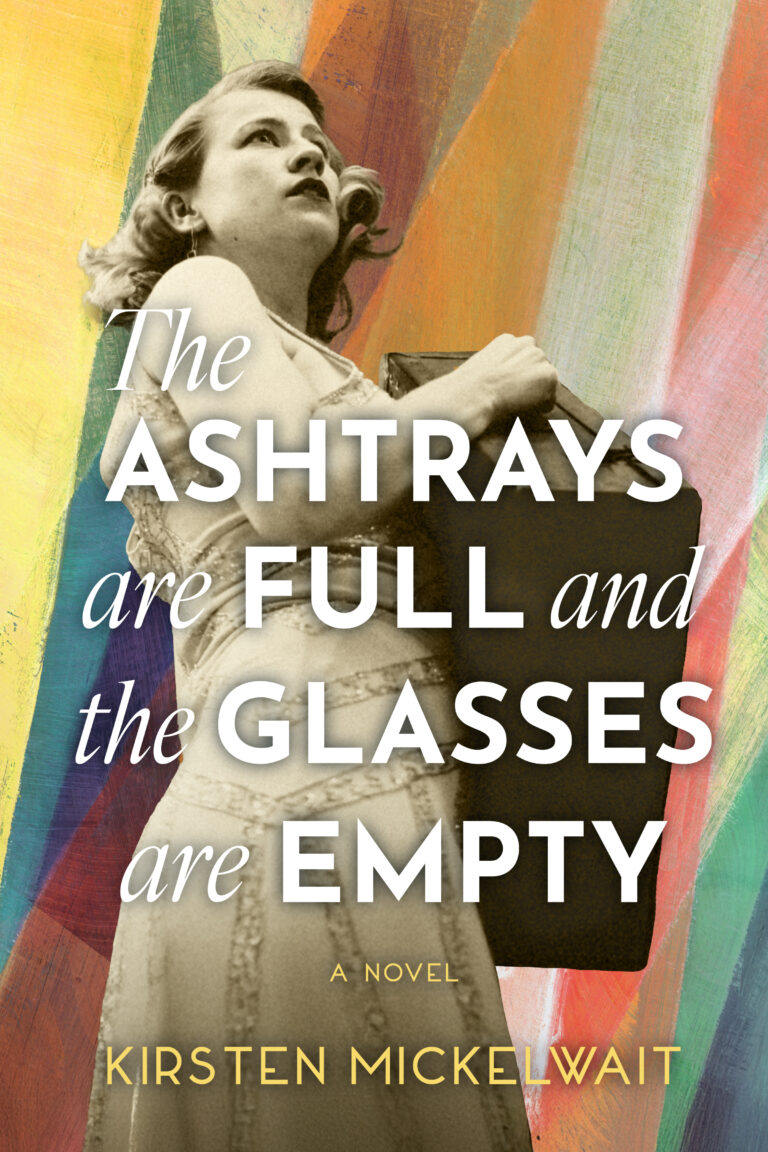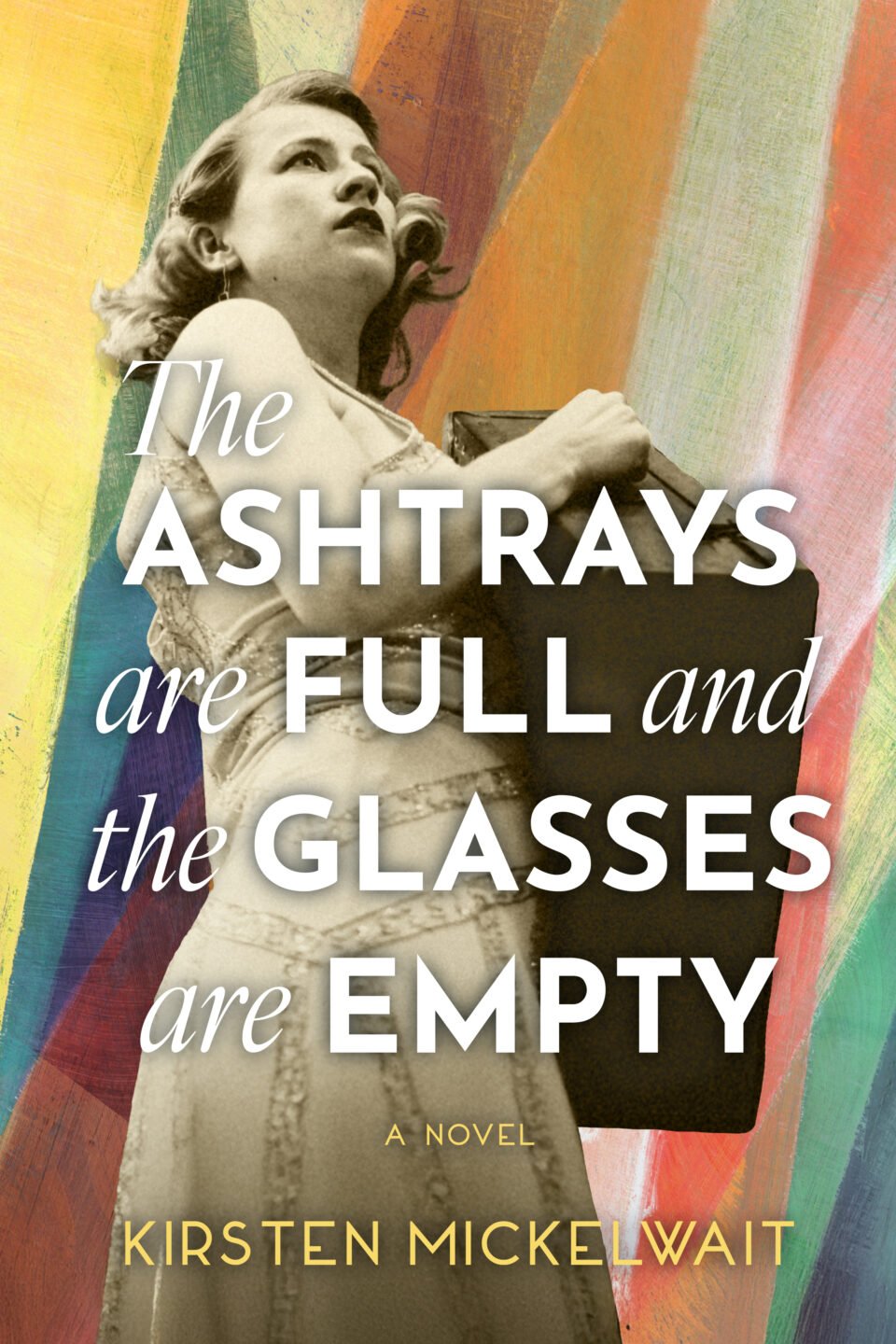Sara Wiborg is an American heiress with roots in the South stretching back to William Tecumseh Sherman, but she wants more out of life than a dull parade of stuffy people in palatial halls. When she marries childhood friend Gerald Murphy, they agree to move to Europe. There they become part of a vortex of creative expatriates, American and otherwise, establishing the movements of art and thought that will come to define the 20th century.
Sara and Gerald have been fictionalized before—most notably by one of their former friends, F. Scott Fitzgerald, in his novel Tender is the Night. Written by Kirsten Mickelwait, THE ASHTRAYS ARE FULL AND THE GLASSES ARE EMPTY is a direct fictionalization, drawing on prior nonfiction work, and in particular on surviving correspondence between the principals. This gives the novel a clear historical interest, but the emotional narrative struggles to emerge from the wealth of detail across the immensity of the decades.
THE ASHTRAYS ARE FULL covers a broad span of time, from the late 19th century to the 1970s, and it can only spend so much time on any given moment. The result is a brisk, distant tone that can’t be overcome by the rich sensual details that accompany the telling. There are very few scenes in the text where the narrative really sits in a moment and follows it beat-for-beat; the majority of the telling is loose reminiscence, as though the elderly Sara is glossing over much of the story. A remark like “it became a wound I would hold inside for a very long time” is never as effective as a series of scenes in which that wound is dramatically expressed (in short: the “show, don’t tell” rule). Part of this is a reticence to stray too far from the established historical record, but doing so in order to develop an emotional understanding of bare fact is the primary remit of historical fiction.
This disbalance between reciting bare facts (even when those facts are full of curiosity and flavor) and constructing a story also leads THE ASHTRAYS ARE FULL into some uncomfortable cul-de-sacs. There is, for instance, a great deal of underlying racism in this text: rich white Americans Sara and Gerald make a show of performing “Negro spirituals,” and Gerald becomes a music consultant on “the first all-Negro talkie;” in France they employ an Algerian servant; Gerald arrives at parties in an “Apache” costume, while another friend comes “as a primitive South Pacific native.” Sara blithely recalls these details without any reflection, and that may well speak to the historical Sara’s attitudes on race; but to include those details without any meaningful reflection or catharsis for the 21st-century audience is to miss a significant opportunity as historical fiction.
THE ASHTRAYS ARE FULL AND THE GLASSES ARE EMPTY is full of interest, especially for readers who love 20th-century artists like Picasso, Hemingway, and others. However, without a strong emotional narrative, it’s not clear that the novel is more successful than the nonfiction works upon which it draws.
Kirsten Mickelwait’s THE ASHTRAYS ARE FULL AND THE GLASSES ARE EMPTY is replete with historical and picturesque detail.
–Dan Accardi for IndieReader


